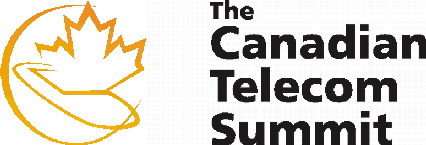Fraser Institute on net neutrality
 A Fraser Institute report
A Fraser Institute report  examining net neutrality was released last week.
examining net neutrality was released last week.
The executive summary characterizes the issue as “a prominent focus of debate in the ongoing evolution of Canadian broadcast and telecommunications regulatory policy.”
The executive summary tries to summarize the net neutrality argument as:
Many believe that the Internet should be universally available for all possible uses and that access to content and applications should not be interfered with, particularly by service providers.
The report is intended to counter the tautology of that view.
proponents of net neutrality share a view that regulatory constraints on private sector decision-making will enhance the net economic benefits of the Internet to Canadians. This study critically evaluates and rejects this view.
The Fraser Institute addresses concerns on three key issues: access-tiering; vertical integration with the carrier based ISPs; and, innovation. The report concludes with recommendations that rely on existing regulatory mechanisms.
I’d be interested in your comments.
We’ll be exploring net neutrality on Wednesday next week at The 2008 Canadian Telecom Summit.
Technorati Tags:
Canadian Telecom Summit, net neutrality, Canada



 While some internet service providers (ISPs) may claim that they perform no network management, no ISP can sustain that position for the long term.
While some internet service providers (ISPs) may claim that they perform no network management, no ISP can sustain that position for the long term.